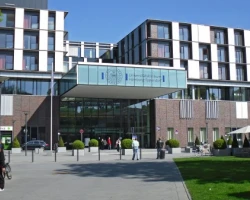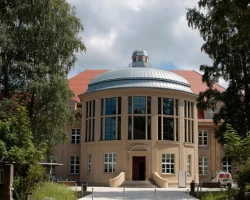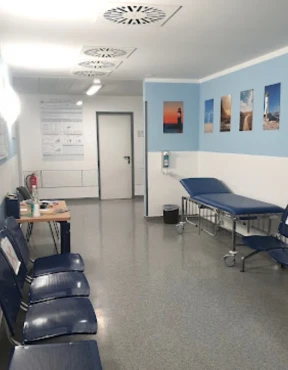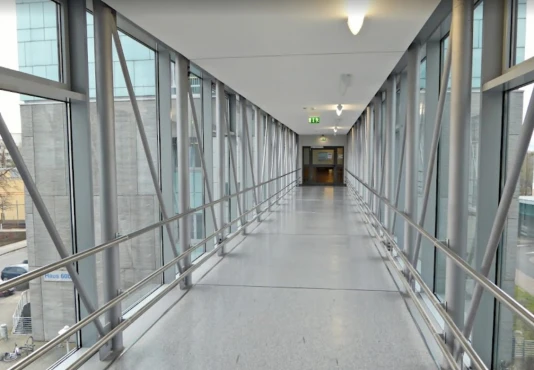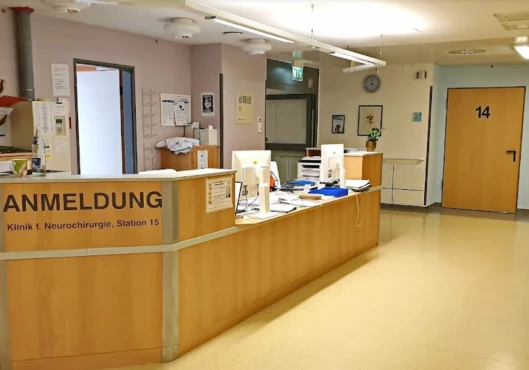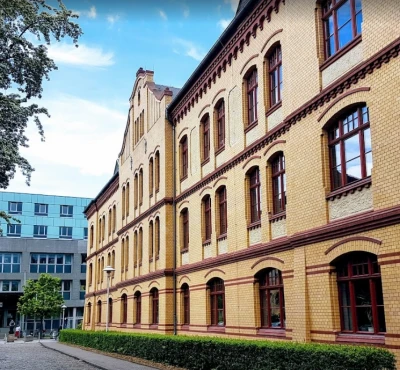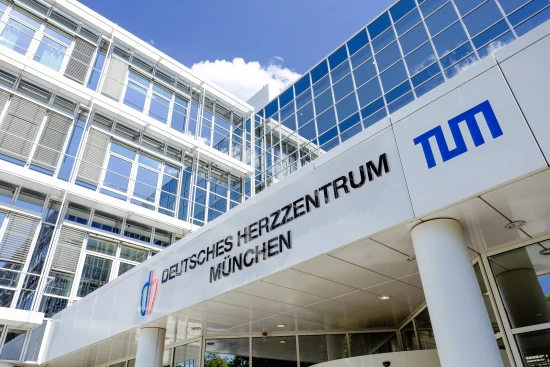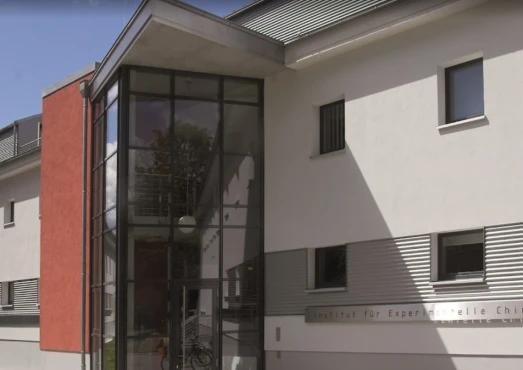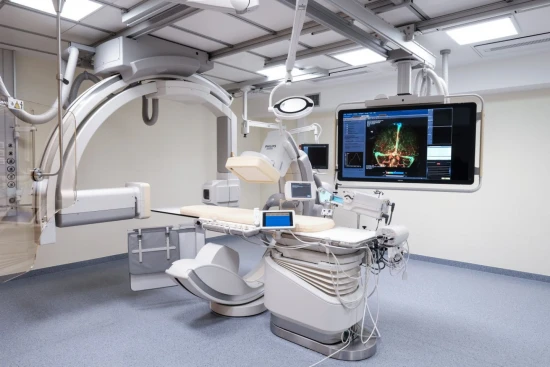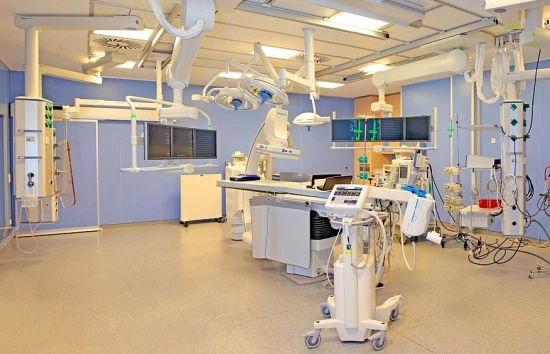Coronary artery bypass graft (CABG) in 1 Cardiac surgery clinic in Magdeburg
1 clinic specializing in Cardiac surgery providing
Coronary artery bypass graft (CABG)
CABG is a surgical procedure that involves grafting a healthy blood vessel from another part of the body to bypass a blocked or narrowed coronary artery, improving blood flow and reducing symptoms of angina.
Read more...
procedure in Magdeburg.
Besides this clinic there are 41 Cardiac surgery clinics in Germany.
Such diseases are treated by University Hospital, Magdeburg: Acute ST-elevation myocardial infarction (STEMI), Acute congestive heart failure, Atherosclerosis, Coronary artery disease (CAD), Non-ST-elevation myocardial infarction (NSTEMI), and others.

Nearby clinics in Germany
Perhaps you should consider the following clinics we have found nearby basing on your Location, Procedure filters applied.
